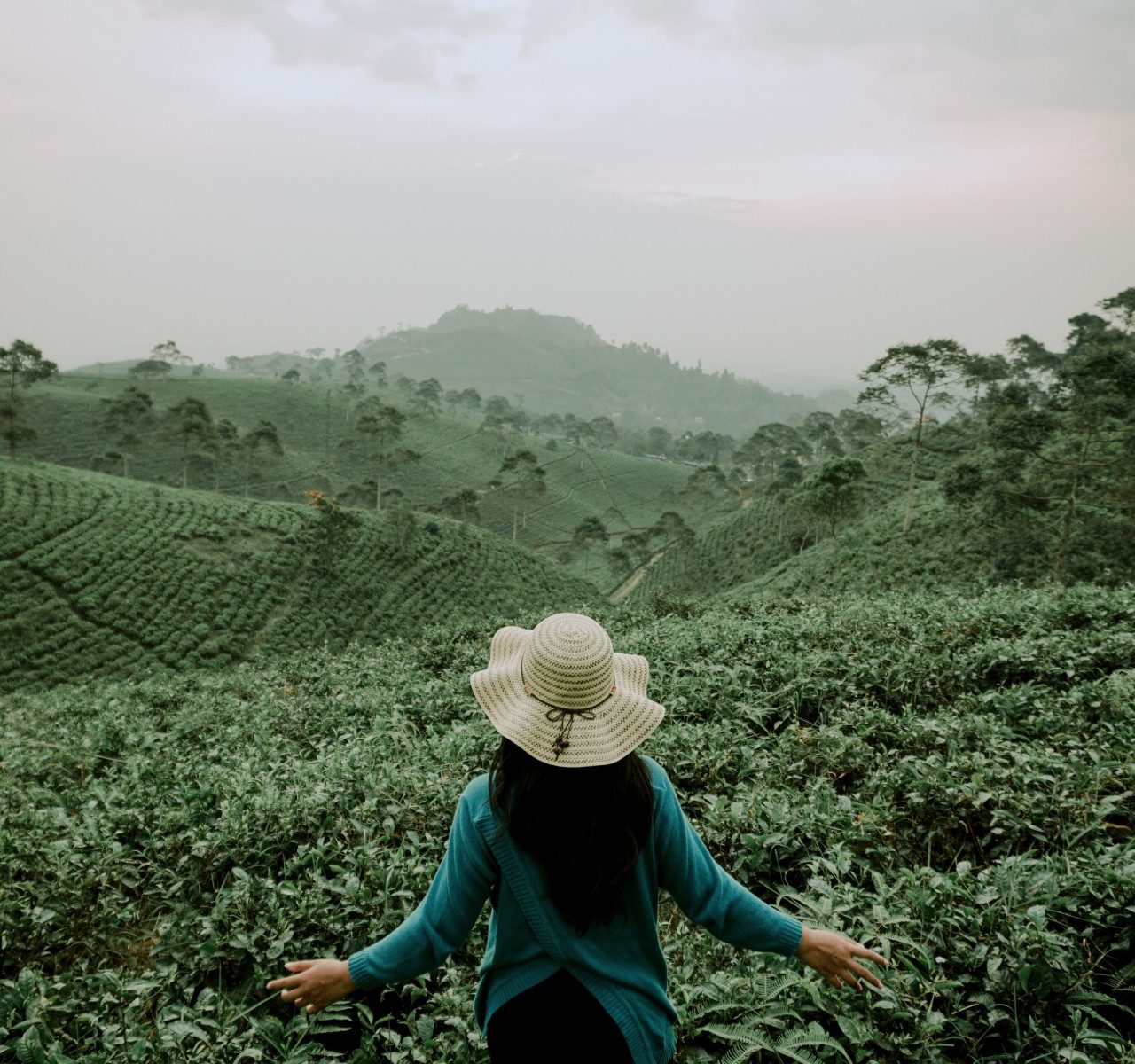In most countries, pesticides are relied upon in agriculture, as well as horticulture, to control pests.
There are definitive advantages to using pesticides in agriculture and in horticulture.
Nevertheless, there are disadvantages, too.
Let’s look at both sides of arguments – the pros of using pesticides and arguments against the use of pesticides.
Advantages of Using Pesticides in Agriculture (and horticulture)
1 Local and worldwide food supply is plentiful
There’s no argument that a reliance on pesticides permits farmers to increase overall crop production.
Organic farming principles are not so much about quantity. Rather, organic farming is about quality.
2 Lower cost
A farm that has little amount of production due to crop losses will have to raise its prices in order to continue in business.
Obviously, by using pesticides, farmers increase production.
As such, farming and pesticides make a good combination for lower prices.
3 Eradication of pests
Pesticides eradicate pests. If pests are allowed to survive and to thrive, crops would be damaged.
Damaged crops means less availability.
Less availability means higher pricing (take organic farming, for example where higher pricing is caused by lower availability (and more intensive husbandry principles)).
A farming world that includes pesticides generates more crops and lower consumer prices.
Disadvantages of Using Pesticides in Agriculture (and horticulture)
1 Environmental threat
Systemic pesticides, at least those that consist of chemicals such as neonicotinoids and fipronil, pose a threat to our environment.
Furthermore, they can also pose a threat when consumed.
The long-term impact of consuming crops that have been sprayed with certain types of chemicals has yet to be seen.
2 Numbers of crop pollinator decline
Those that oppose the use of pesticides in agriculture, and in horticulture, correctly claim that plant pollinators – bees, for example – are impacted and bee numbers decline.
In turn, this impacts plant pollination, and it impacts our natural environment in general.
Approximately, between 5 and 8 percent of worldwide agriculture is reliant on animal pollination.
3 Food poisoning
While in the developed world, the number of people that suffer food poisoning from agricultural products is now at an all-time low, in developing countries, food poisoning from agricultural products is still of major concern.
Depending on the source of contamination, the symptoms of food poisoning do vary. Generally, the following symptoms are seen in humans, either alone or together:
- Fever
- Nausea
- Vomiting
- Abdominal cramps and/ or pain
- Bloody or watery diarrhea
4 Pesticide resistance
With continued use of the same pesticides, harmful insects – insects that eat crops – can begin to build a resistance, otherwise referred to as “genetic resistance.”
What this leads to is additional quantity of chemicals being used (against manufacturer’s instructions) and stronger chemicals being relied upon – stronger chemicals that can be more detrimental to the environment and to human health.
5 Bioaccumulation
Bioaccumulation occurs when there is a build-up of synthetic chemicals within the environment – within crops, waterways, soils.
Bioaccumulation also has an adverse impact on pollinators and on animals that feed on plant life located near to crops.
Photo by kudung setiawan on Unsplash
